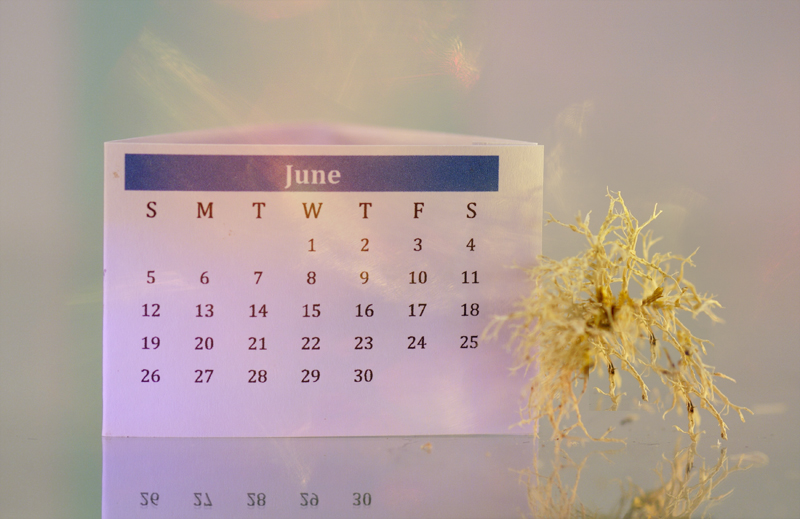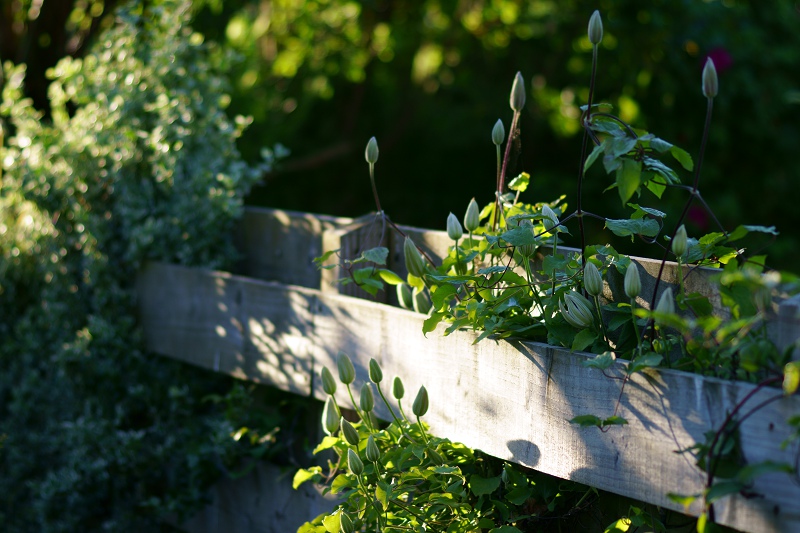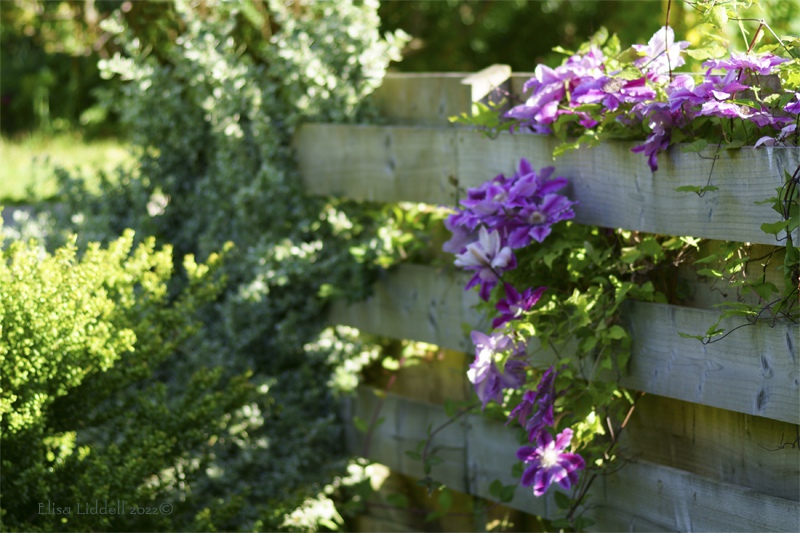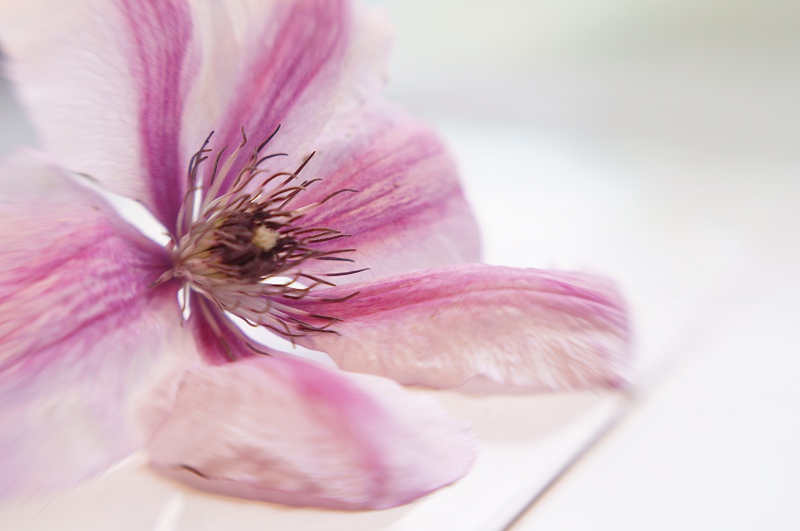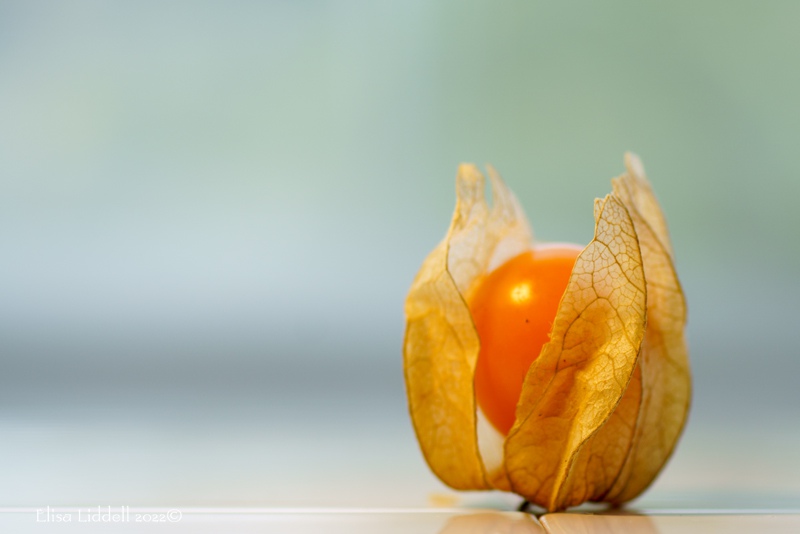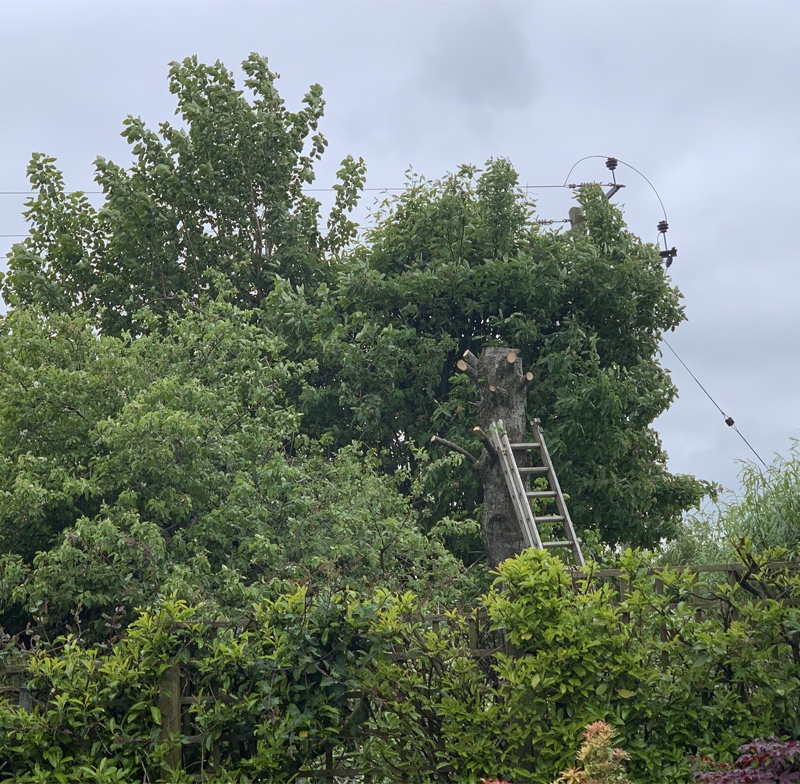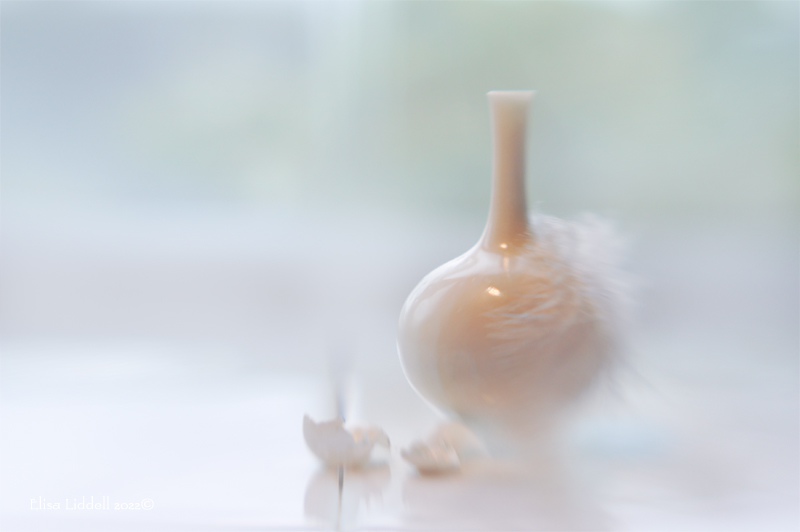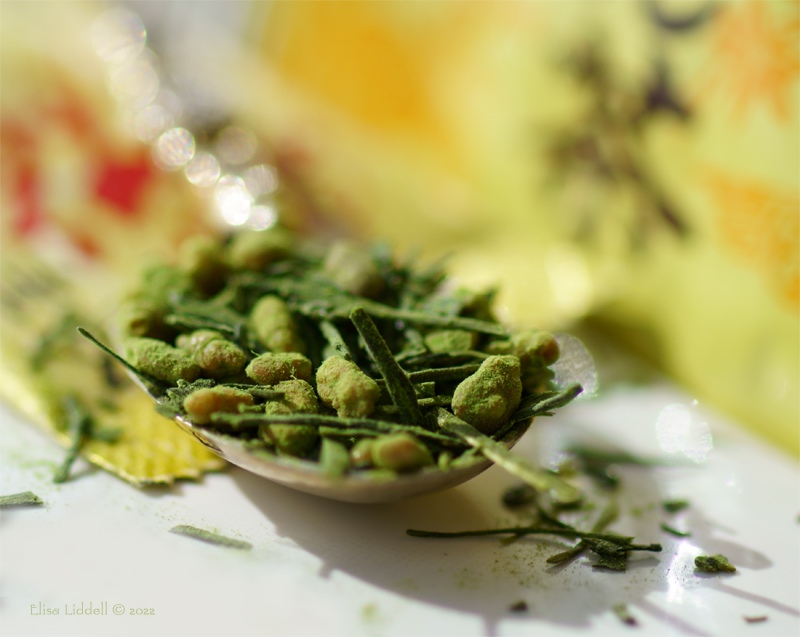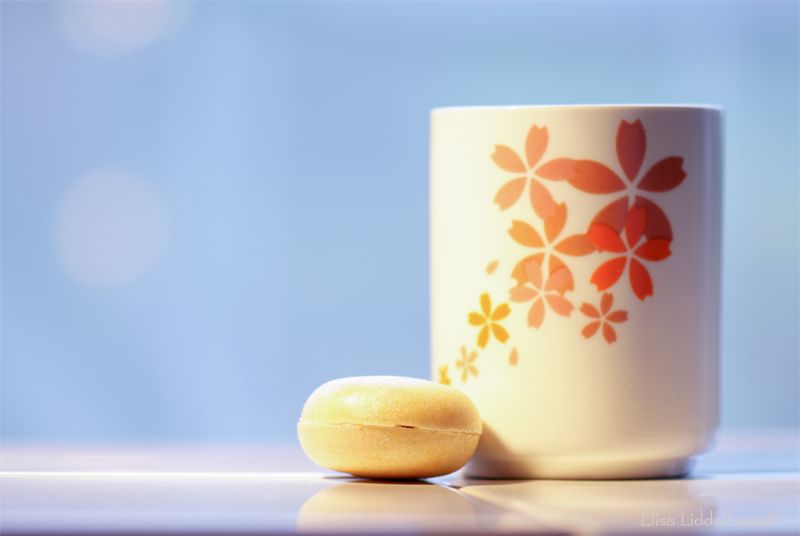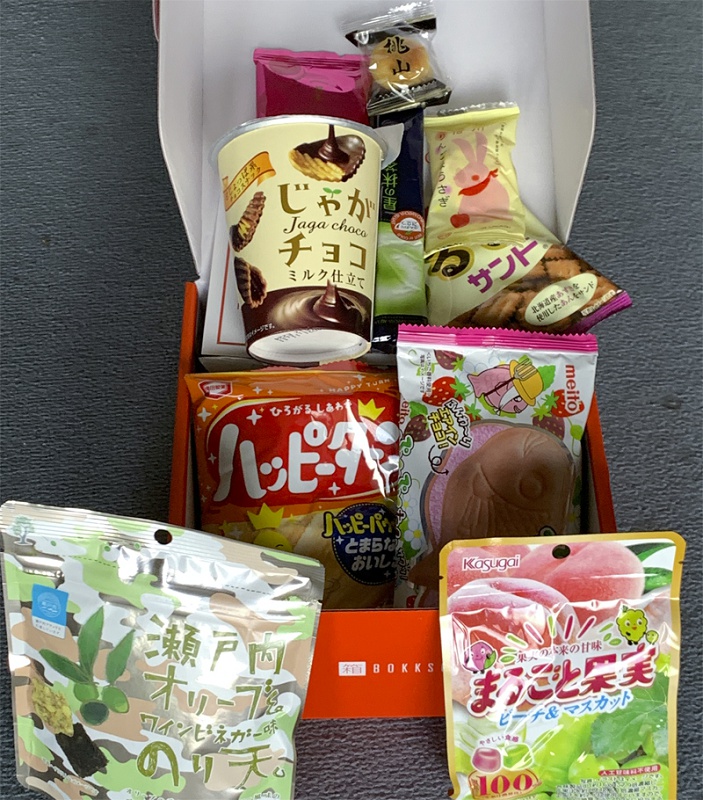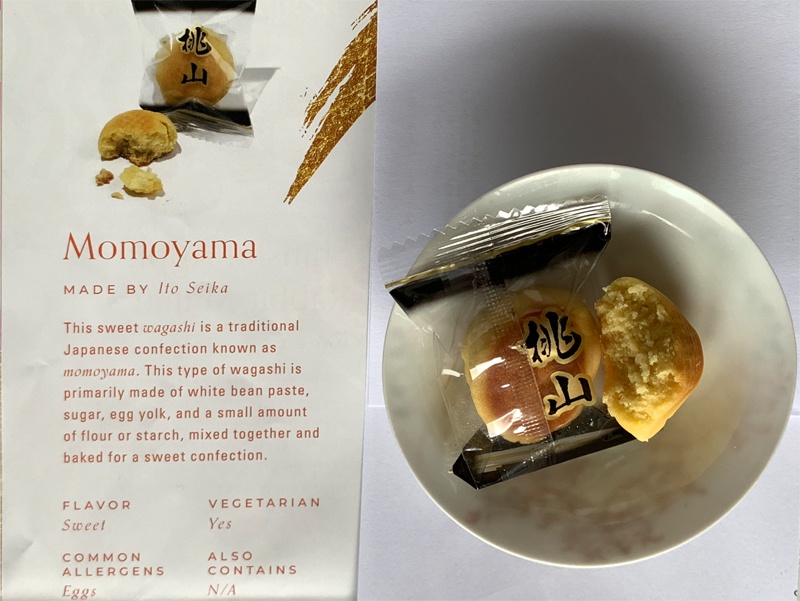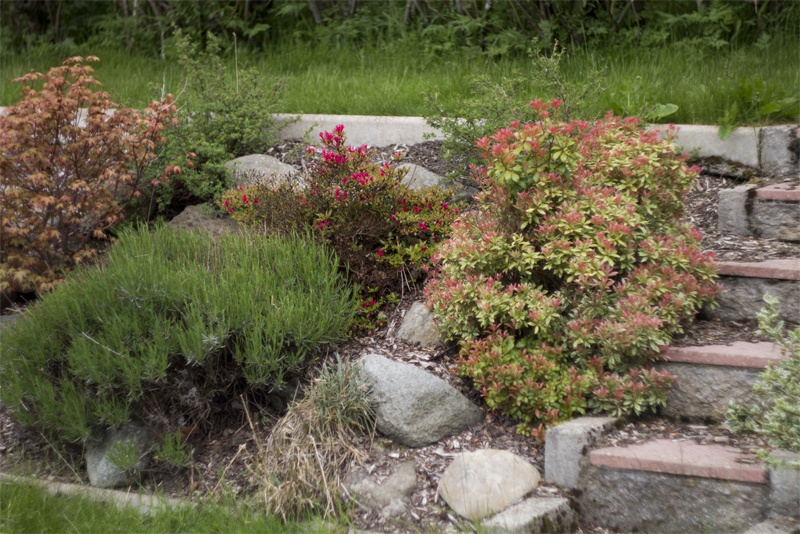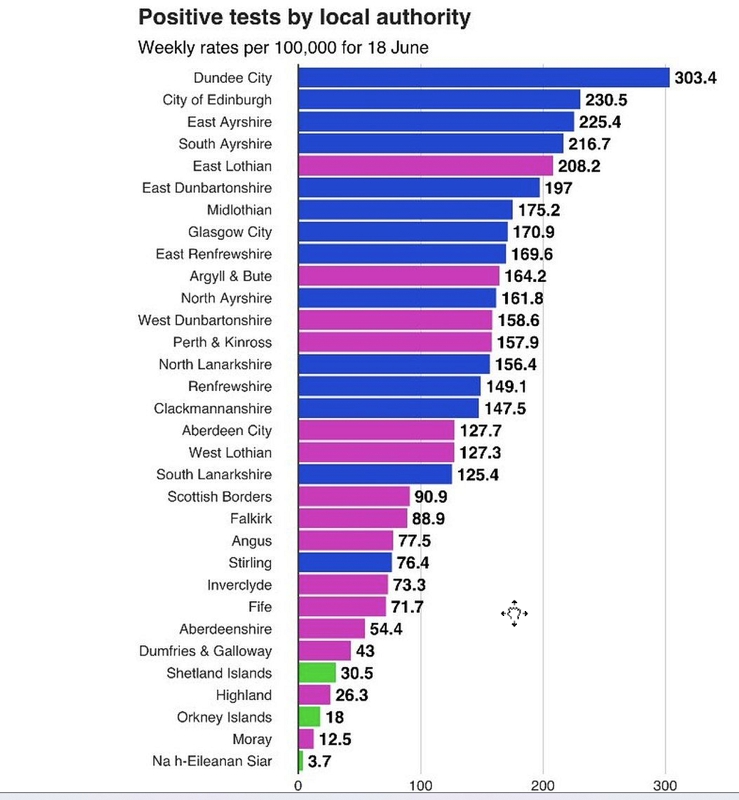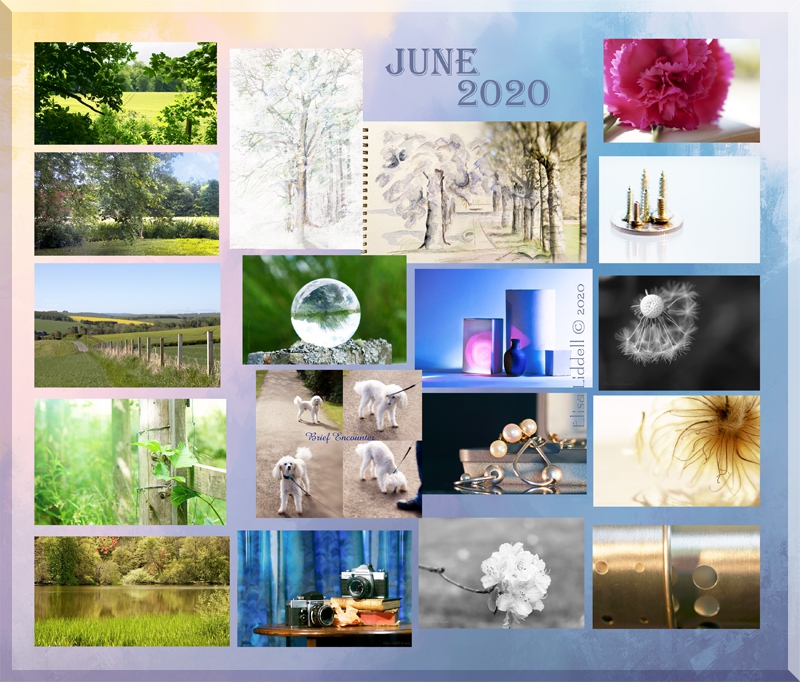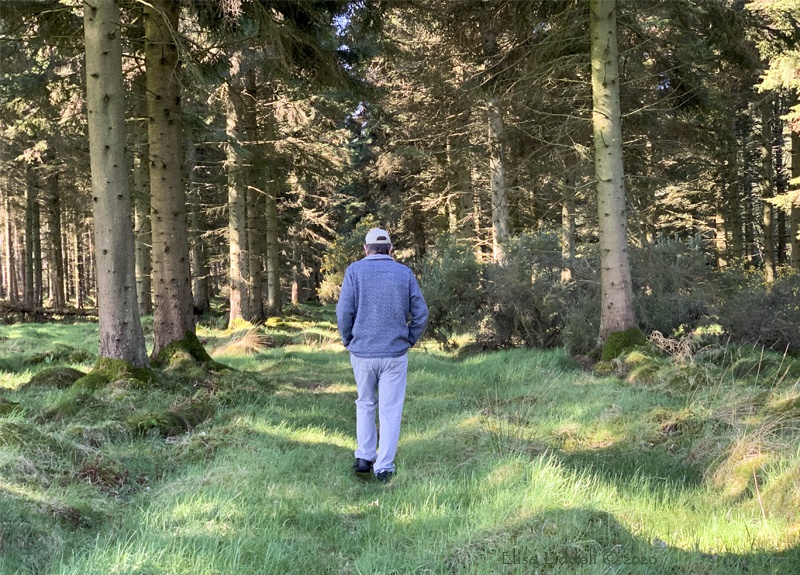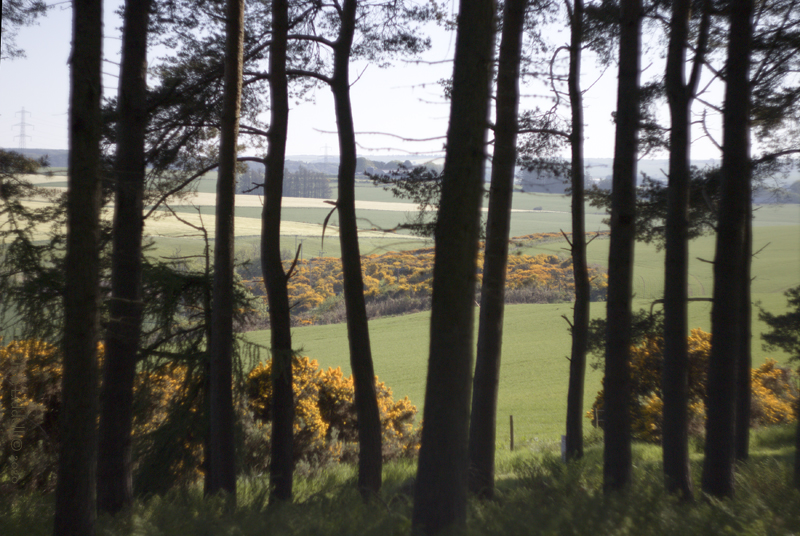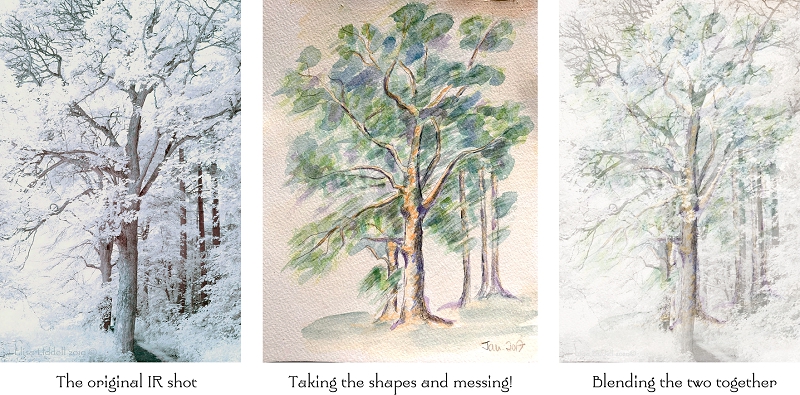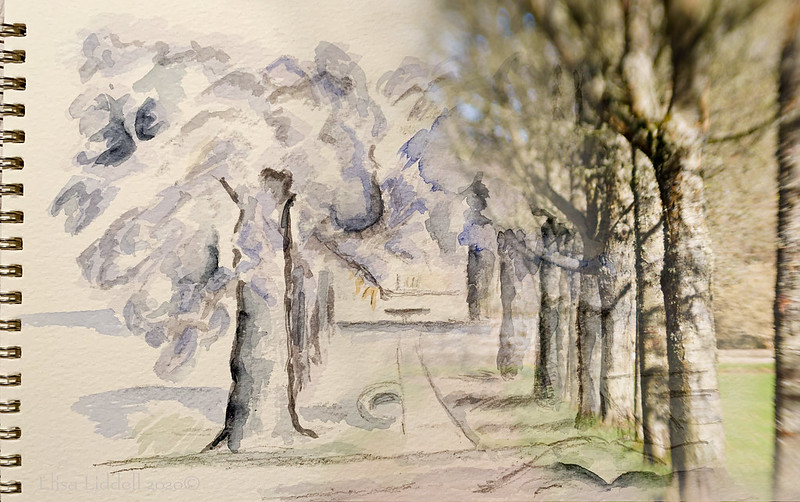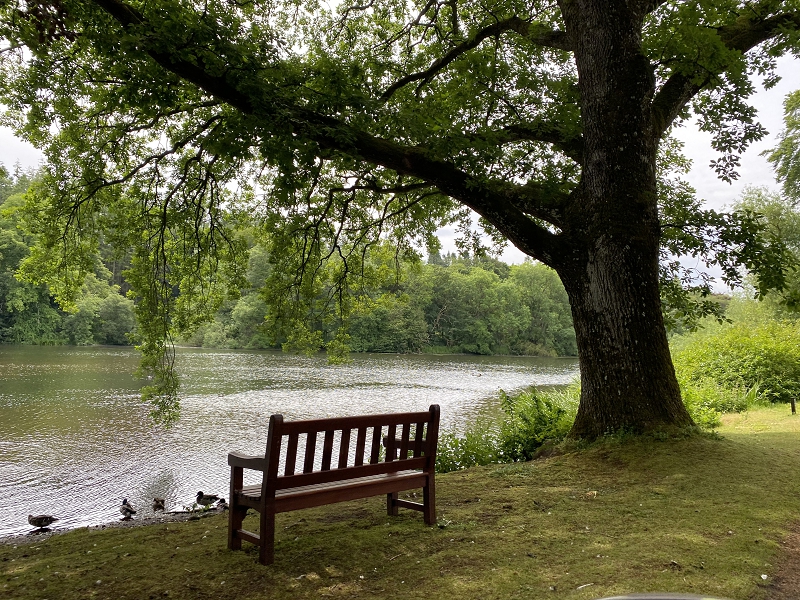
And so June begins … and as the month progresses the search for shade, for cool, and for relief from the growing heat is only matched by the constant need to try and help the garden to survive!
It may sound insignificant, but we have invested so much time, effort and money into creating a very special 1/3 acre here (from a bare field). And to sacrifice 25 years of work without a struggle? No!
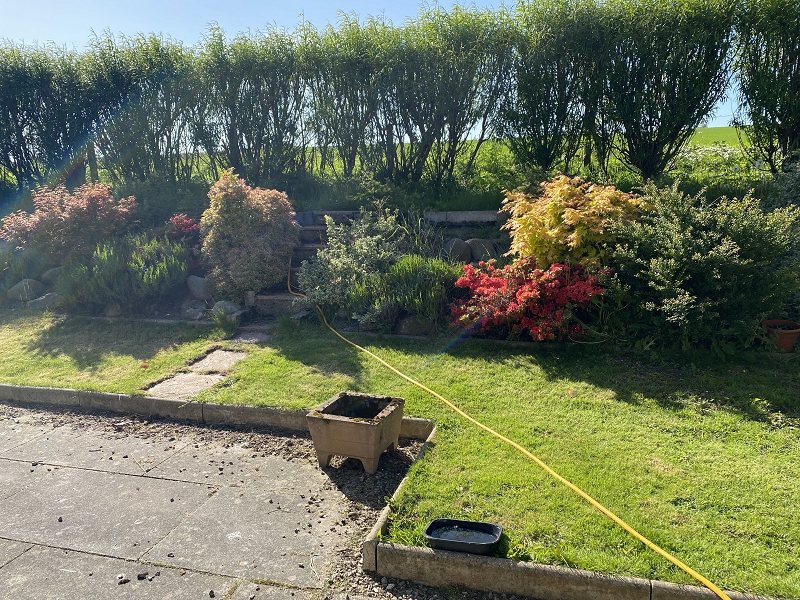
So every drop of water we can take from the normal household usage, such as washing vegetables, is carefully collected and taken out for evening watering! and there’s the hosepipe as a supplement.
The pattern of the days is to start early and dribble a hosepipe round the most vulnerable areas where light sandy soil doesn’t hold the water as the direct sun raises the temperatures into the 30s.

And happily we even have our newest plants surviving and blooming!
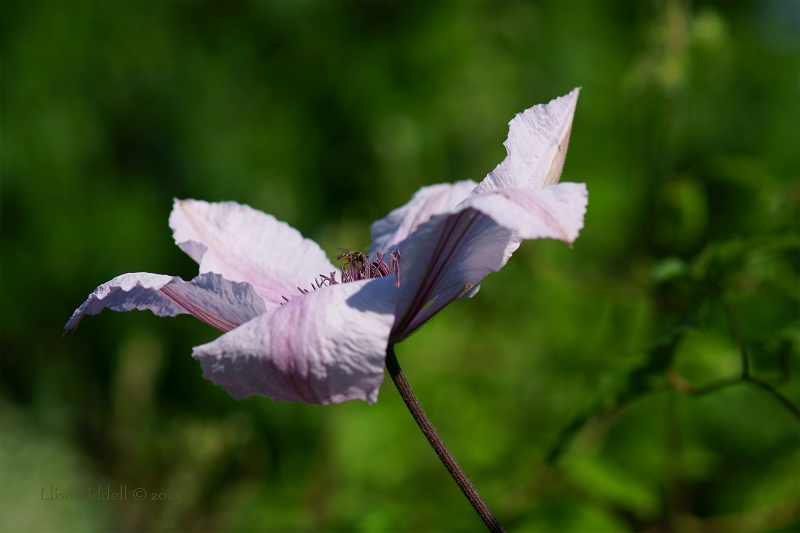
Yes – the once bare small ranch-style fence is now home to some 6 clematis plants. We thought we had lost them during the long hard winter, but they have survived well, and are blooming!
So in the cool of the evening we water them carefully and enjoy their beauty!
Of course the entire turn-around in the weather is taking some adjusting to ourselves!
Our houses are not designed for coping with hot summers, as we have discovered. Only ONE pane of each 3-pane window can be opened, and not very far. Fine to maximize seals against draughts – not helpful when it is very hot! So every possible window and door has been open, trying to allow for a through-draft if there is cooler air in the evenings and overnight.
Bedding is reduced to a light cotton duvet cover for sleeping. And it’s very hard to sleep. We have no access to outdoor shade in the garden, as our trees are away from the house, and on slopes. We have to drive to Fyvie Castle grounds to find benches where we can sit in some shade by water!
Our summer visitors, the barn swallows, are struggling too. Last year it was the wet summer that affected their nests – this year the nests are crumbling from the extreme heat and dry conditions. And there is nothing we can do to help. Bowls of water are placed round the garden, and all the birds do drink and wash using them or the hosepipe – but we fear for the migrant visitors, as massive temperatures await them as they fly south to southern Africa. Next year will be the real test of how many make their way back to us then!
Turning to the more mundane, what have I been watching on TV and reading?
“Close to Vermeer” was a C4 documentary following the creation of the Exhibition bringing together as many Vermeer paintings as possible in one place.

We enjoyed the documentary, and bought the book accompanying the Exhibition. Fascinating reading ahead there. I already have some fascinating books all about colour, and the history of the paintbox we have today ….
And the other big one is by Chris Van Tulleken called “Ultra-processed People” …. “Why do we all eat stuff that isn’t food … and why can’t we stop?” I got this as a Kindle download, as the book was so expensive! An eye-opening journey through what the food “industry” has been doing to our food without our knowledge, and without any concern for our health and well-being!
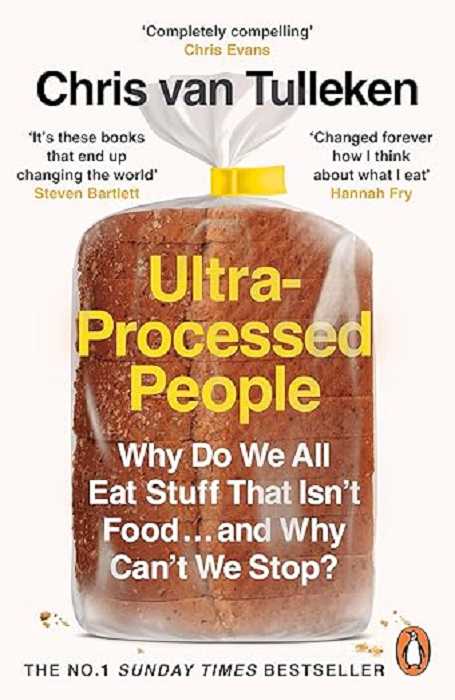
And so on to July, and will the summer gets even hotter?
Back to the 2023 Cover Page
Back to Notebooks cover
Flickr holds Elisa’s online Photo Gallery
© 2023 Elisa Liddell

